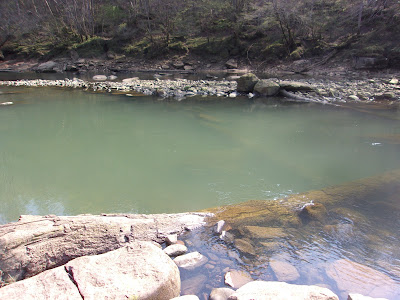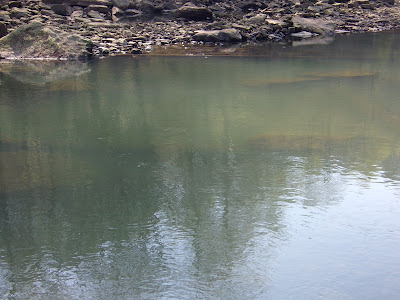Antiques have always fascinated Cathey and me.
We started collecting antique furniture right after we were married, mainly
because we couldn’t afford the high prices of new furniture at the time. We
would visit flea markets and find a piece that needed some work and
refinishing, bring it home and turn it into a treasure for our house. We were
told early on by antique dealers if we changed the cosmetics of the pieces that
it would decrease the value of the furniture. The decrease in value didn’t
bother us because we wanted something that looked nice and could be restored close
to its original appearance. At times we would find a gem in antique shops that
needed work and get it at a reasonable price; which was the case of the chester drawers we found in a
Murfreesboro Tennessee antique shop back in December of 2015.
I knew this piece was old but didn’t realize the
age range until I got it home and did some research through Google. Sorry, I don’t
have an image of the appearance of the chester drawers when we
bought it. The structure of this piece was good, but the dark aged varnish,
broken pieces of veneer on the top and drawer fronts, really turned customers off.
This is what it looks like now after I sanded it back to its original wood at
the time it was built.
Some work had to be done
to get the drawers to fit back flush around the drawer rims, but that was minor
compared to getting all the broken veneer off the piece.
Lots of wood species were
used back in the early days of furniture building. Poplar, pine, ash, and maple
were the woods that were used together to construct a piece of
furniture in the early days. As is the case here in this piece, pine was used
for the drawer fronts, and poplar was used for the top, sides, legs, and drawers
rims for this piece. Walnut, oak, mahogany, and cherry were seldom
used together in the construction of furniture in the early days. Those woods were rare and not as plentiful as the ordinary woods. If one found antique furniture in the rare woods you could expect to pay much more money for those pieces.
I didn’t realize the
beauty of the top until I removed all the dark varnish. It was solid popular in
excellent condition, now back to its original appearance at construction.
What really attracted me
to this chester drawers in the antique shop were the joints used for the construction of the drawers? I knew these dovetail joints were
used in early furniture construction but didn’t realize they dated back to the
late 1700s. This is not your common dovetail joint which was commonly used
throughout the 1800s and even in today’s furniture construction. This dovetail
joint was the first used in furniture construction back in colonial days; quite
a find for fifty bucks!!!
Stay tuned for its progress
as Cathey will apply the stain and varnish to finish it.
Image of the same type dovetail joint of a
drawer constructed in the 1700s



















































